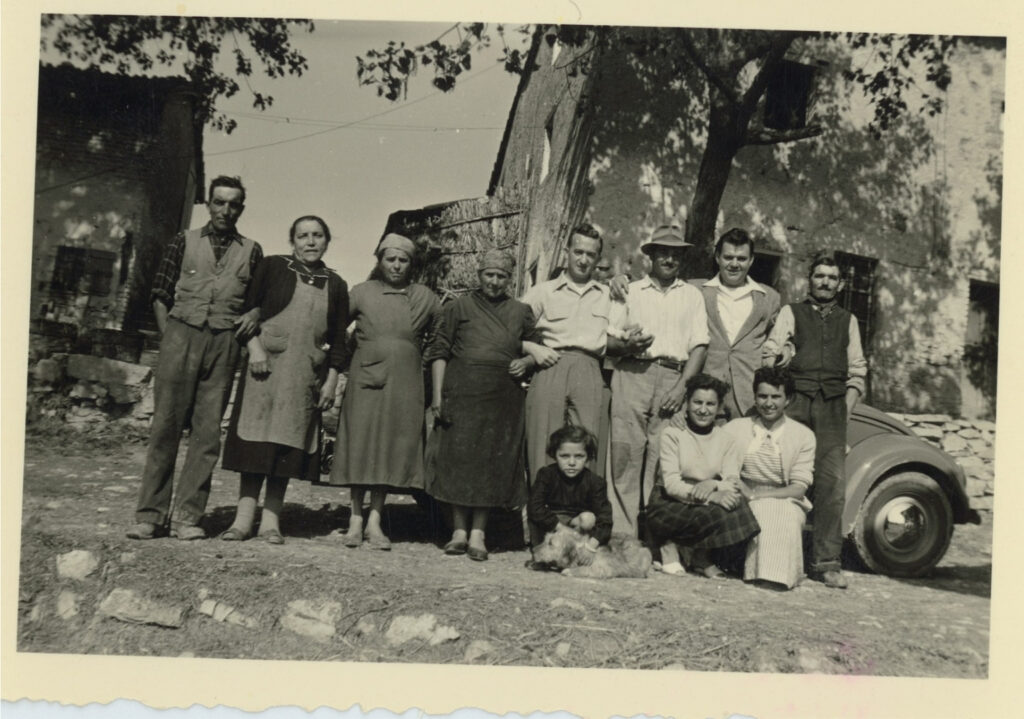Here managers of trattorias, retailers, wholesalers, owners of neighborhood shops who bring consumer products from the land of origin to the big cities. There women who bring to the table dishes and flavors never forgotten, with a very personal recipe book that often brings together old and new culinary experiences.
Shops, shops, restaurants but also tiny domestic kitchens become a reality around which private events unfold and the social life of a community is recomposed. This extraordinary “network” – made up of experiences and memories – is at the center of the project Pasta in a suitcase: a historical-gastronomic journey on the routes of Piacenza emigration, created by the Municipality of Piacenza with the contribution of the Council of Emilia Romagna in the world, published within the Virtual Museum of Emilia Romagna emigration in the world https://www.migrer.org/mostre/la-pasta-in-valigia.
The project, through the collection of testimonies and documents preserved at the Passerini-Landi library in Piacenza, wanted to bring to light the historically important role played by emigrants from Emilia Romagna, and Piacenza in particular, in the dissemination of food and wine culture and traditions.
In the Valigia are intertwined stories of great entrepreneurial experiences in catering, but also many family stories, especially of women who wanted to continue to pass on the great tradition of Italian cuisine. In the Suitcase, practices, models and food rituals that have transformed food and products into exceptional forms of identity and communication enter and exit. There are figures such as Pablo Guglieri who founded the town of Daireaux in 1902 or Francesco Sechi de Casali, promoter of the first newspaper dedicated to Italian emigrants but also founder, in the late nineteenth century, of the agricultural colony of Vineland in New Jersey where, from Emilia, numerous families of farmers and several new fruit and vegetable products arrived. And then more recent stories such as those of Ettore Boiardi who became the king of pasta marketing on American soil, Piero Bellini and Gianni Oddi who, from San Michele di Morfasso, brought their skills in the kitchen to London and New York respectively. And then again the community table of warmers in Paris, the extraordinary experience of the journalist Enio Concarotti in Caracas. It is then an all-female story of courage that runs through the events of Angela Malvicini di Maio who, from her Monte Osero di Bettola, just eighteen years old, reaches Wales in 1948, where many Emilian emigrants open bars and shops.
In addition to the stories of old and new emigration, Pasta in valigia presents recipe books, studies, videos that tell this extraordinary bond between emigrants and the land of origin. Last but not least, a gallery of vintage postcards is proposed. Postcards that, especially in the first decades of the twentieth century, play an important conservative and distinctive function of the memory of the territory. The recipients are emigrants abroad who in this way continue to carry their country in their hearts and receive news from their families and the community to which they belong. Postcards are therefore a means to make one’s closeness felt, but also, later on, to show children and grandchildren the country of origin, thus having the opportunity to tell one’s origins “visually” as well.




